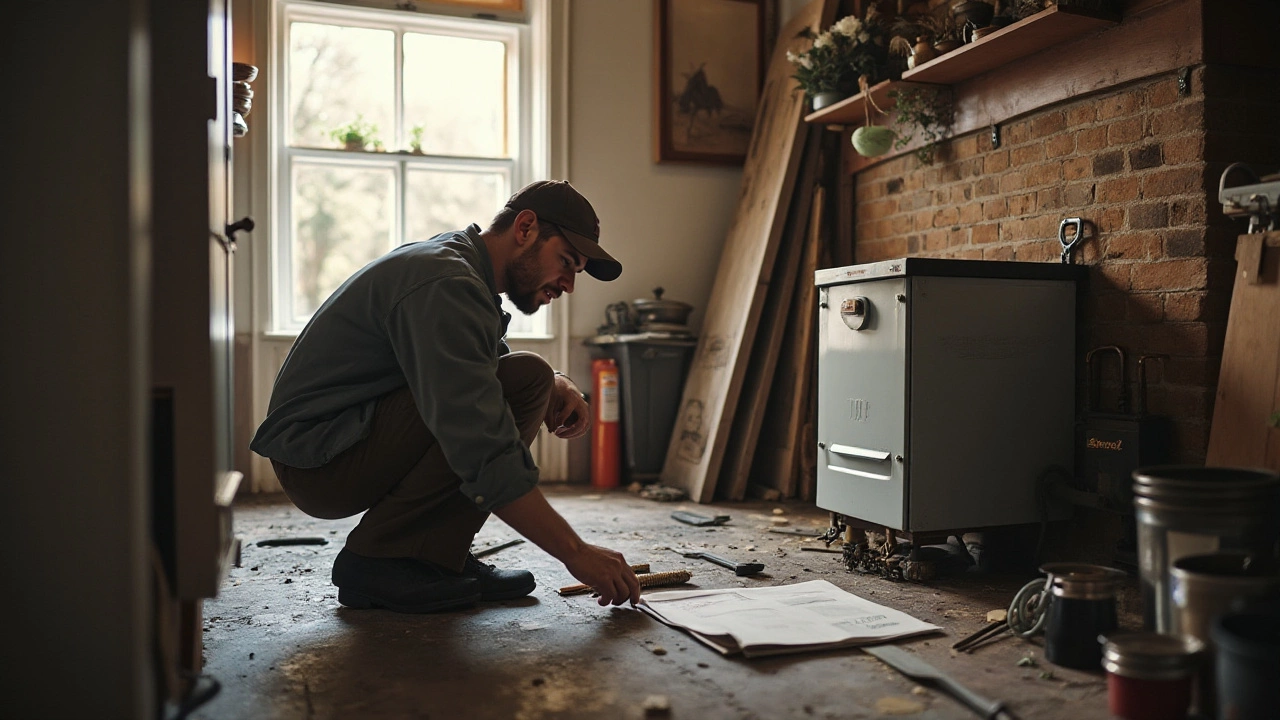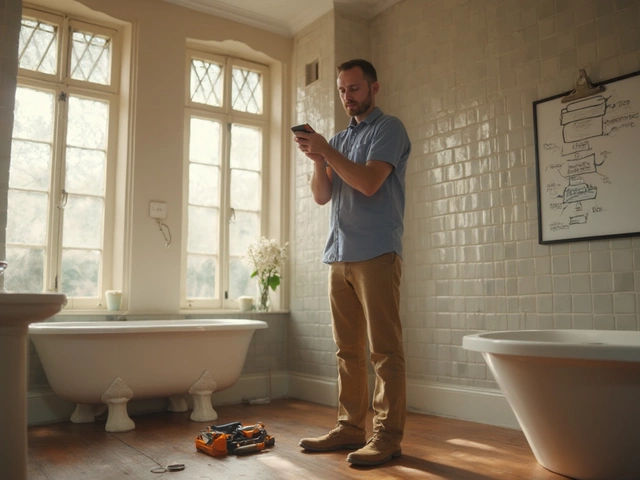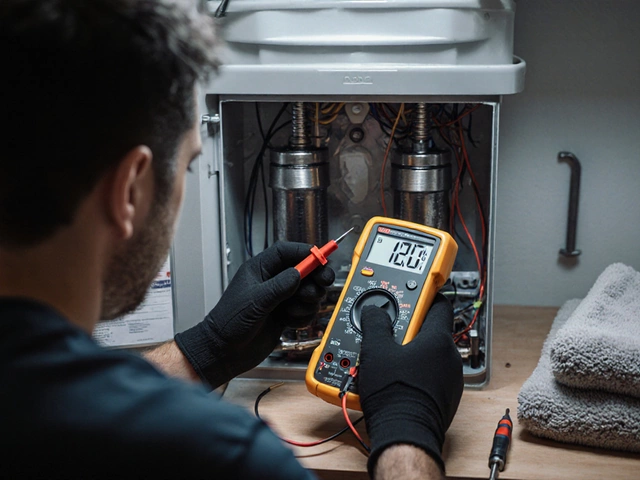Boilers are vital components of heating systems, keeping homes warm and comfortable during the colder months. But what happens when it's time to replace one? The length of time required to replace a boiler is a common concern for many homeowners.
Understanding the factors that influence the timeline is crucial. It involves knowing about different boiler types, grasping how the existing layout might affect the process, and preparing adequately. This article will walk you through these aspects, providing insights and tips to ensure a smooth replacement.
Whether you're facing an emergency replacement or planning a proactive upgrade, being informed about what to expect during each stage of the process can save you time and stress. From planning and preparation to installation and beyond, having expert guidance makes all the difference.
- Understanding Boiler Types
- Estimating Replacement Time
- Preparation Steps for Replacement
- Installation Day: What to Expect
- Post-Replacement Tips
Understanding Boiler Types
When it comes to home heating, not all boilers are created equal. The specific type of boiler replacement you choose can dramatically affect the installation time and the overall heating efficiency of your home. Across the globe, but especially here in Australia, there are several main types of boilers that homeowners tend to consider. Each has its specifications, benefits, and nuances.
Firstly, we have the conventional boilers, also known as regular or heat-only boilers. These have been around for decades and are well-known for utilizing both a cylinder and a tank. The setup, which might sound a bit outdated, remains popular in larger homes due to its ability to cope with high demands for hot water. Replacing a conventional boiler may take longer if the system needs upgrading to comply with modern standards. This type of HVAC system might come with profound benefits if your existing setup already involves a similar structure, limiting the need for extensive re-piping.
Next on our list is the combi boiler, short for combination boiler. This modern marvel is designed to serve as both a water heater and a central heater rolled into one compact unit. The beauty of the combi boiler is that it doesn’t require a tank or a cylinder, making it suitable for smaller spaces. According to energy expert John Griffiths, "Combi boilers represent a giant leap forward in home heating, offering unparalleled energy efficiency." This system can expedite the boiler replacement process since there's generally less pipework involved, which is music to the ears of those seeking not just efficiency, but also a simpler and potentially quicker installation.
System boilers, another standout type, offer a middle ground. They require a cylinder but no tank, streamlining water heating for homes with multiple bathrooms. The system stores hot water ahead of time, meaning a steady stream even during peak usage periods. This kind of boiler can be an excellent match for families, especially where there is concurrent demand for water in several locations. The system boiler allows for quicker replacement times compared to older regular setups, mainly if the plumbing infrastructure is already modernized.
For those looking towards the future, condensing boilers represent the pinnacle of modern efficiency. These boilers aren’t a unique type on their own but describe a category that can be a regular, combi, or system boiler. They function by extracting heat from the flue gases, capturing energy that would typically be lost to the environment. With mandates increasingly leaning toward energy-saving models, understanding and selecting a condensing version could translate into substantial savings on energy bills and potentially qualify homeowners for rebates.
Before diving head-first into a boiler replacement, understanding these types will guide your decision towards the best fit for your needs and help gauge the time involved in installation. Always consult with a reputable installer to discuss the unique features of your home and the type of boiler that would make the most sense. This discussion will not only clarify installation timelines but also align with your long-term energy and cost-saving goals.
Estimating Replacement Time
Replacing a boiler is not a task to be taken lightly, as the time it requires can vary significantly. On average, a boiler replacement might take anywhere from a day to several days, depending on a range of factors. It's crucial for homeowners to get a reliable estimate of this timeline, as it impacts their daily routine and comfort levels. Additionally, understanding each step of the process helps in setting realistic expectations and planning accordingly. The type of boiler currently installed, whether it’s a conventional, combi or system boiler, can greatly affect the time required for replacement. For example, switching from a conventional setup to a combi boiler might extend the duration due to additional plumbing changes needed.
When considering the replacement, the experience and efficiency of the professional hired also play a critical role. A seasoned HVAC technician, who is well-versed with various systems, may work faster, ensuring minimal disruptions. It’s wise to inquire about the professional’s experience beforehand. This way, you'll gain insight into their capability to handle any surprise intricacies your project may present. Another influencing factor is the condition of the current heating system. Older systems, especially ones that have suffered from lack of maintenance, could pose challenges that lengthen the replacement duration.
"While many assume a simple swap, unforeseen hurdles like rusty pipes or outdated components are common," suggests James Acre, a respected HVAC expert.
Many might wonder about the specific steps involved in the boiler replacement process. Typically, the initial step is a thorough inspection and assessment to understand the full scope of the task. This is followed by planning the installation logistics, which might include arranging for any additional parts or adjustments. When the actual removal of the old boiler begins, it can take a while, especially if there are complications or if the unit is located in a hard-to-reach area. Installation of the new system is next, requiring precise attention to ensure efficiency and safety. Finally, there's the all-important testing and commissioning phase, where every aspect of the new system is checked and adjusted.
It’s helpful to note that there might be specific local regulations and inspection requirements that can add to the replacement timeline. Some areas require post-installation inspections to certify that the installed boiler meets safety standards. It's crucial to plan for this step, especially if your area demands third-party verification. Preparing for such inspections in advance can avoid unnecessary delays. These inspections are usually conducted by a local authority or certified inspector, who ensures the installation adheres strictly to safety codes.
Homeowners should also factor in possible disruptions during the replacement process. This can include noise, limited access to some parts of the home, and temporary loss of hot water or heating. Communicating openly with your installation team helps to minimize these inconveniences and establish a schedule that limits them as much as possible. Prior preparation by clearing the working area and providing easy access to necessary parts of your home can assist in speeding up their work. Remember, the aim is to ensure the new heating system functions efficiently for years to come, making a bit of short-term inconvenience worthwhile in the long run.
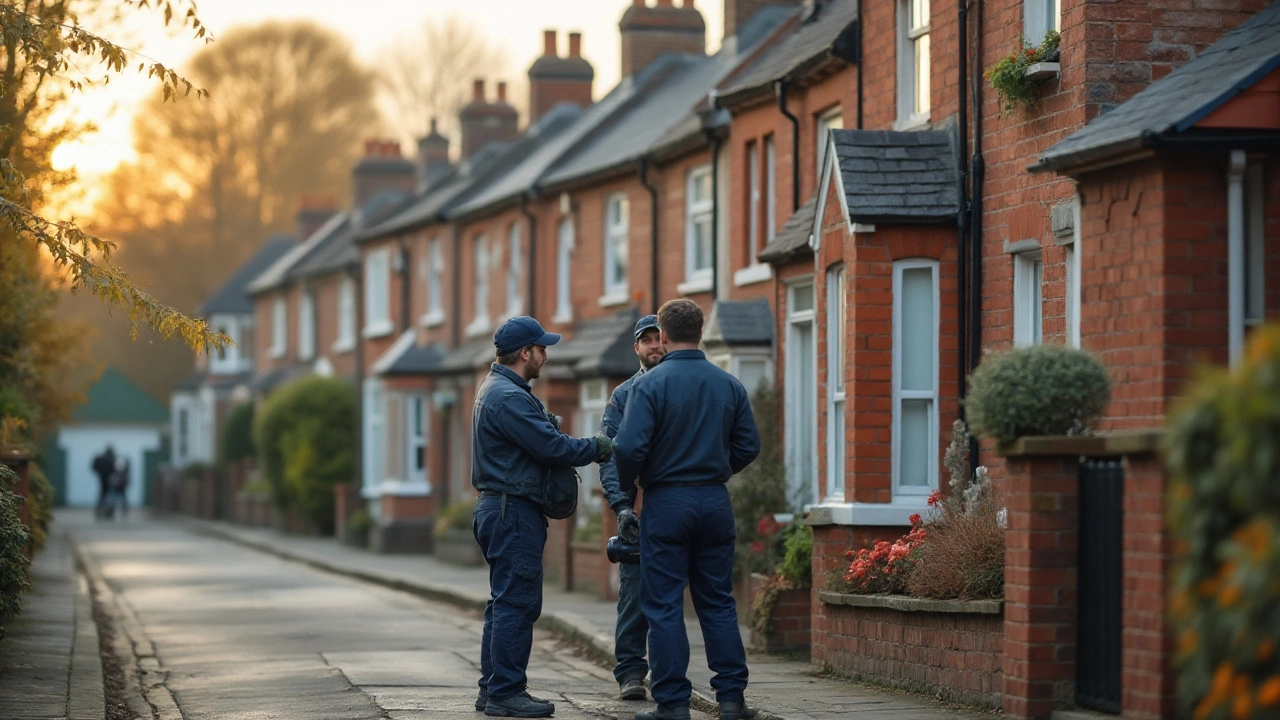
Preparation Steps for Replacement
When it’s time to replace your boiler, having a solid plan can make the process smoother and less stressful. The first step involves assessing your current system and understanding why the replacement is needed. Is your existing boiler frequently breaking down, or is it simply outdated? Determining the reason will guide your choice of a new boiler and the urgency with which you need its replacement. An important thing is to schedule an inspection with a certified HVAC technician. They will help you identify any specific requirements or challenges in your home's heating setup that might influence the selection and installation process.
Next, consider the budget and energy efficiency. Invest some time in researching different boiler replacement options. Modern boilers are usually more energy-efficient, and you could save considerably on energy bills in the long run. Look for models with high Seasonal Efficiency of Domestic Boilers in the UK (SEDBUK) ratings or equivalent in other countries. They may have a higher upfront cost, but the savings from reduced energy consumption outweigh the initial investment. Comparing prices from multiple suppliers can also be beneficial. Remember, cheaper isn’t always better; quality and long-term benefits need to be balanced against cost.
Obtaining quotes from several certified installers is another critical step. Make sure they provide detailed breakdowns of all costs involved, including labor, materials, and additional services. This transparency helps avoid surprise expenses down the line. Also, check for any available government incentives or rebates for installing energy-efficient heating systems. These can significantly offset installation costs, making high-efficiency options more affordable.
It is vital to prepare the area where the boiler will be installed. Clear out any clutter or obstructions that might hinder the installation team. For those living in older homes, it may be necessary to make modifications to accommodate modern plumbing and electrical configurations. This could include upgrading pipework or electrical wiring, tasks best handled by professionals to ensure safety and compliance with regulations. As the day of installation approaches, communicate with your installation team to confirm details and resolve any queries. They might provide specific instructions on how you can prepare your home beforehand. This preparation ensures that the replacement process is efficient and uninterrupted.
Engaging in a bit of DIY preparation can also hasten the installation process. Simple tasks like ensuring good access to the boiler location and verifying that venting systems are clear and functional can save valuable time when the technicians arrive. Taking care of these details might seem inconsequential but they significantly contribute to a successful installation. The ultimate goal is to ensure that the transition to a new heating system is seamless, with minimal disruption to your daily life. Good preparation is a key part of achieving that goal.
Installation Day: What to Expect
The day has arrived to replace your boiler, and understanding what happens during installation can help ease your mind. Picture this: skilled technicians arrive at your doorstep, ready to transform your heating system. Their task, although complex, follows a logical sequence designed to ensure everything goes smoothly. This preparation means today is all about execution without surprises. From removing your old unit to calibrating the new one, expect a flurry of activities geared towards achieving optimal warmth and efficiency.
First, the crew will set up protective coverings in your home to shield your floors and furniture from potential damage. They’ll meticulously inspect the existing setup and verify the specifications of the new boiler. It's crucial to confirm compatibility with the current system or identify necessary adjustments. While it may sound like a simple handover, connecting a new boiler involves numerous intricate steps. Wiring, plumbing, and configuring the controls demand accuracy and expertise.
Throughout the process, you may notice a series of diagnostic tests being carried out. These tests ensure the system responds correctly under various conditions. Technicians often use sophisticated tools to avoid guesswork during these assessments. It’s not uncommon to see them consulting with the latest digital manuals or using apps that streamline the setup. These resources help tackle unexpected challenges, keeping the project on schedule.
An equivalent challenge is validating the system connections, especially if your home has undergone prior modifications. Sometimes, joints and valves need replacing to accommodate the new boiler. While the team works, keep a line of communication open. Feel free to ask questions and clarify doubts. Experts often appreciate engaged customers and are happy to provide insights. According to HVAC Expert John Simmons, "Education is key; a homeowner who understands the system will maintain it better, ensuring longevity."
With everything connected, the new boiler undergoes a series of function tests. Every setting, from the thermostat to the safety switches, must operate smoothly before the final handover. This phase reinforces confidence both for the technicians and you, as the system shows its readiness. Upon completion, the installation team walks you through basic operations. They usually recommend a gentle start-up period, allowing the system to stabilize. Before they leave, establish the next service appointment or regular check-ins. Maintenance is crucial for sustained performance.
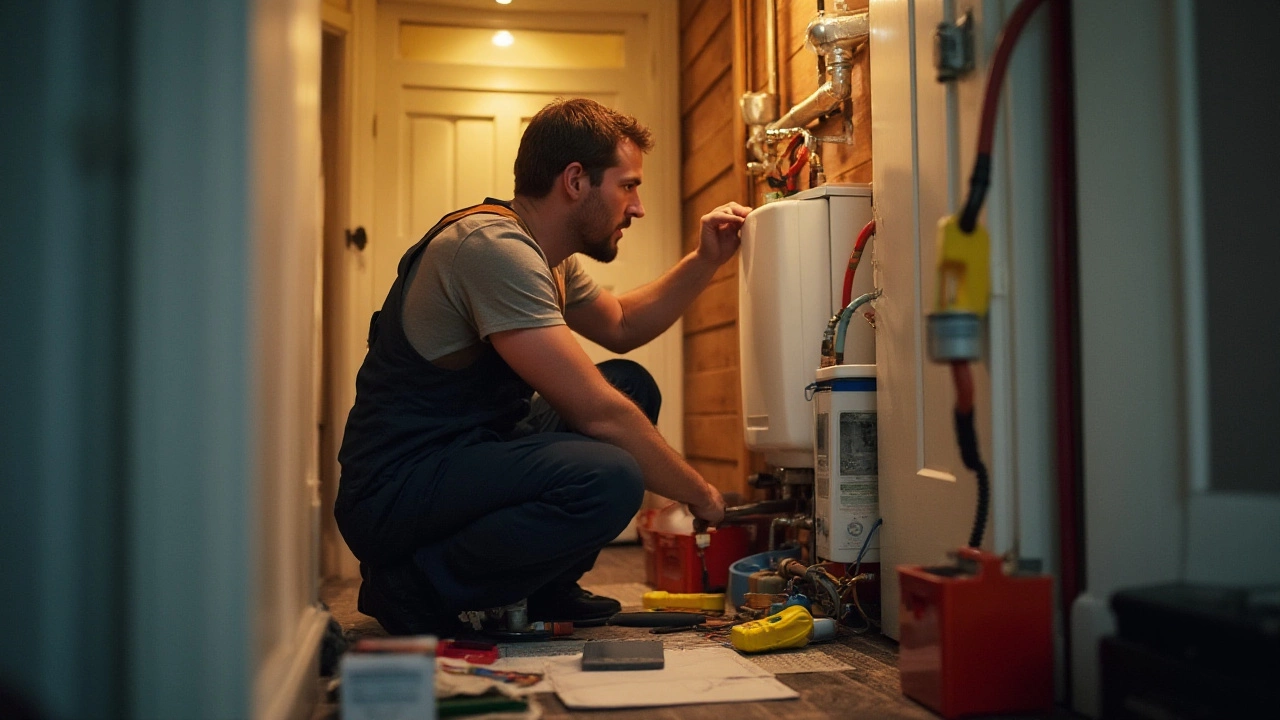
Post-Replacement Tips
Once your boiler replacement is complete, there’s a great sense of relief, yet the job isn't entirely finished. The post-replacement phase is crucial because it sets the foundation for your heating system's future performance and longevity. First, always conduct an initial observation phase for a few days. You might notice new noises, changes in heating patterns, or even air vent issues. It is important to continue monitoring its performance and to look out for any anomalies. These observations should be promptly addressed by contacting your installer to ensure everything operates smoothly in the long run.
A critical step after replacement is registering your new boiler with the manufacturer. Many boilers come with warranties lasting up to ten years, but registration is necessary to validate it. This often involves submitting a simple form, either online or via mail, and it should be done shortly after installation. If any issues occur within the warranty period, this could save you significant repair costs down the line. Additionally, do check whether your installation technician has registered the installation with local authorities, which is sometimes required for compliance and safety standards.
Even after installation, consider scheduling an annual service appointment with a professional technician to maintain the efficiency of your system. Regular servicing ensures that parts are working optimally and helps prevent potential breakdowns. If you're curious about the importance of these routines, you might find it interesting that according to a study in HVAC Today, "Regular maintenance can extend the lifespan of a heating system by 20%." Home maintenance is not just about fixing things when they break; it's about nurturing what you have.
It’s wise to learn about your new system from the start. Familiarize yourself with the operational manual, and make sure you know how to adjust the thermostat, set heating schedules, and perform simple troubleshooting. Manufacturers often provide helplines, and some boilers come with apps for smartphone control. In our tech-savvy world, being able to control your heating remotely is more than just a convenience, as it can play a major role in energy efficiency. Understanding your system not only helps with day-to-day operations but also empowers you to identify when something seems off.
Once installation is complete, it's time to focus on improving your home's energy efficiency, which can lead to reduced utility bills. More than just installing a new boiler, consider insulating your pipes, sealing drafts in windows, and checking for insulation gaps in walls or the attic. Implementing these measures, coupled with modern HVAC systems, can sometimes lead to a reduction in heating costs of up to 30%, according to energy efficiency studies. With utility costs ever-increasing, being proactive in these efforts is both environmentally friendly and wallet-friendly.
If you have taken steps to replace your boiler, congratulations on investing in your home’s comfort and efficiency. Post-replacement might seem like a simple transition, but embracing these tips ensures that you’ll maximize the benefits of your new system. Maintain an active role in its upkeep, and enjoy the warmth and savings it can bring.

